We are Certified From City Guilds
Your New Floor Is Under Our Responsibility
Strength, Durability, and Beauty: Our Promise with Epoxy Flooring.
Grab A Deal
Your Garage It`s NOT only about The Car
We have a solution for everyone
How To Correctly Prepare Your Floor for Epoxy Paints Why is preparation important?
Much of your finished result when working with epoxy is determined by initial preparation.
Therefore, if you apply to an uneven surface, you will achieve an uneven finish. It is also important to remove all contamination and laitance before applying paints and coatings. Fully preparing the surface is essential to create the smooth, glossy finish you’d expect from epoxy resin paints.
What exactly is laitance?
Laitance is formed from the mixture of water, cement and the fine particles of the concrete mix that are brought to the surface when placing and trowelling up. As the concrete cures, this mixture can dry to form a thin layer on the surface which is known as laitance. Laitance is always present on new concrete therefore preparation is required to ensure good adhesion with any subsequent coating.
Laitance can differ in thickness from barely measurable to extreme cases of 5mm+.
How to test for laitance?
The easiest way to test for laitance is to scrape the surface of your floor with a knife, if a powdery substance can be scraped from the floor laitance is present. If you wish to determine the depth of laitance use a screwdriver or similar to score the surface until the main aggregate is reached. If you require an accurate measurement you can use scratch testing equipment.
Why is it critical to remove laitance?
Laitance doesn’t have a good adhesion to the aggregate mix underneath and is comparatively weak in strength. This means under heavy foot & vehicle traffic it can delaminate and wear away potentially impacting any subsequent coating. Any coating must be bonded to the mass of the aggregate and not the laitance; the heavier the use of the floor the more critical this is.
If you fail to remove laitance this could ultimately lead to the failure of your coating.
How can I remove laitance and smoothen my surface?
The most common methods of preparation before epoxy coatings include abrading or grinding the surface.
Abrading
Correct surface preparation is essential before coating and can help ensure good adhesion. The sanding creates a key for the coating to adhere to when applied, If you have a larger area a hand sander would allow you to get the job done quickly and effectivels
These items often generate a lot of dust therefore it
is vital you protect you
and nose when operating. Once complete we advise you vacuum the area
to completely remo
any dust or dirt prior to coating.
Grinding
Grinding is usually carried out by a mechanic grinder. This is ideal for large areas allowing you to prepare the surface quickly. Mechanical grinding is an effective method for removing laitance and exposing the aggregate below creating a key for subsequent coatings to adhere to.
Mechanical grinders can generally be hired locally to your flooring project.
These hand held machines are safe to use & offer precision & control. Dust must be thoroughly cleaned up afterwards by vacuuming to ensure it does not adversely affect adhesion of your coating. If dust is a problem there are mechanical grinders that can be hired with vacuum attachments.
Upgrade Your Business
With Epoxy Flooring
Collaborating with Us Is as Simple as A-B-C
GET YOUR QUOTE
Feel free to contact us by phone or simply complete a form, and we'll be in touch shortly!
BOOK AN APPOINMENT
With scheduling made easy, you’ll be able to pick a time that works for you. Your time is valuable. We get it!
SIT BACK
Get excited for your upcoming project and relax, knowing that skilled professionals are handling the task.
FAQs of the Epoxy Garage Flooring Industry
How to epoxy a garage floor?
For a flawless Epoxy Garage floor, we strongly advise using the services of a professional. This guarantees a high-quality finish and mitigates potential future problems.
Properly epoxying your garage floor involves several crucial steps:
Preparation: Start by cleaning the floor surface, including grinding the cement to achieve a smooth finish. We will always give you feedback on your floors condition beyond the eye! We eliminate all dirt, grease, and oils using a garage floor-specific degreaser or cleaner.
Primer Application: Applying a primer is essential. It enhances epoxy adhesion and ensures a durable, aesthetically pleasing end result.
Epoxy Coating: Carefully follow the manufacturer’s instructions when applying the epoxy coat. Precise adherence to these guidelines is crucial for achieving the best possible results.
- Lacquer: Your Epoxy Floor can be topped with Gloss, Satin, or Matte.
What is the cost to epoxy a garage floor?
The cost of epoxy garage floor coating can vary based on several factors:
Garage Size: The size of your garage is a significant factor in determining the overall cost.
Epoxy Type: The type of epoxy you select will impact the cost. Water-based epoxies are generally less expensive than solvent-based ones, although solvent-based epoxies tend to offer better protection and durability.
Concrete Condition: The condition of your concrete floor matters. If your concrete is in good shape, the coating process is usually less expensive than if the concrete is in poor condition, requiring more preparation.
In general, you can anticipate the cost of hiring a professional for epoxy garage floor coating to start at around £1,000. This estimate includes materials, labor, and any equipment rental as needed. However, keep in mind that the actual cost can vary depending on the garage’s size, the condition of the floor, and the specific products and methods chosen for the job.

